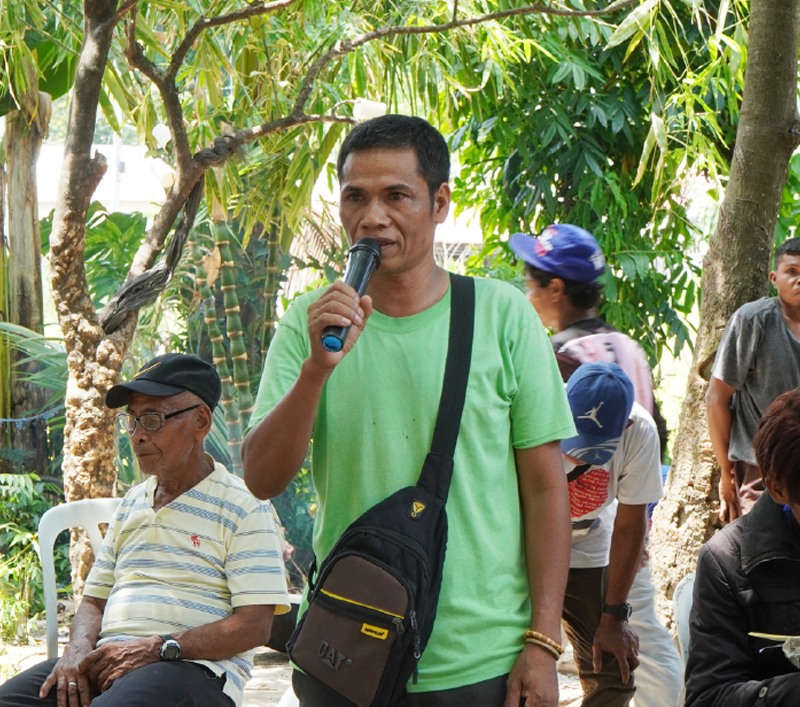As a REDD+ Project, this means that the role of conservation, sustainable management of forests, and enhancement of forest carbon stocks should be equally prioritized along with Reducing Emissions from Deforestation and forest Degradation. What makes this initiative distinct and unprecedented is the direct and proactive participation of Indigenous people and local communities (IPLC).
Indigenous Peoples (IPs) play a crucial role as stewards of conservation due to their close relationship with and dependence on their traditional lands, their role encompassing a range of activities and responsibilities that contribute to the sustainable management and preservation of ecosystems. CCIPH has had a long and productive history working in forest and IP communities since we openly recognize their rights and contributions to enhancing the ecological and social
outcomes of conservation initiatives. Being aware of their invaluable contributions to achieving long-term success in combating deforestation and promoting sustainable forest management, we have always maintained a respectful and inclusive approach with them.
Using the Framework Species Method (FSM), we employed a restoration strategy to revegetate the degraded area of interest for biodiversity recovery and develop plans to protect the restored land. FSM restores forest ecosystems by densely planting open sites, close to natural forests, with woody species, indigenous to the reference ecosystem and selected for their ability to accelerate ecological succession.
We were able to determine the best practices in the area, namely: 1) Characterization of land before planting, 2) Species mix (pioneer, secondary, climax), 3) Geotagging of planted trees by using Spatial Monitoring and Reporting Tool (SMART), and 4) Replacement of dead trees as part of maintenance practices.

